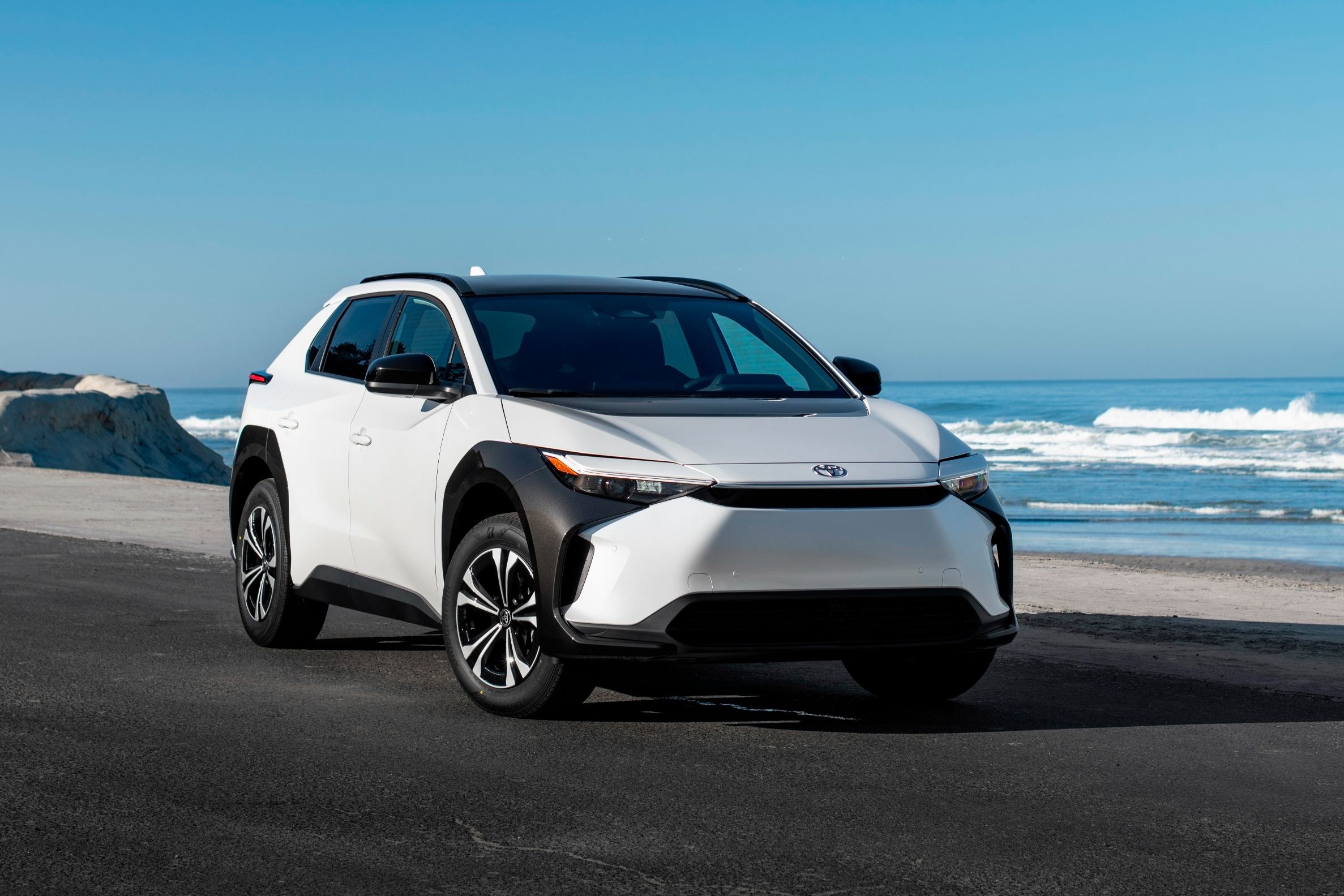
Automakers are racing to speed up the development of solid-state batteries that will offer significantly faster charge times and longer ranges than traditional lithium-ion batteries used in EVs like the Tesla Model 3. To make this happen, Mercedes, Stellantis, and Hyundai Group recently joined forces with US solid-state battery developer Factorial Energy, with the aim of launching EVs with the new battery tech within the next five years.
Toyota, on the other hand, has already started testing solid-state battery tech in prototype vehicles. During its Kenshiki event, Toyota Motor Europe outlined its future electrification plans, with the aim to achieve a 100% CO2 reduction in new vehicle sales by 2035, a goal that applies to West Europe specifically.
After testing prototypes last year, Toyota announced during the event that solid-state batteries will be applied to hybrid electric vehicles first before being deployed in battery-electric vehicles, offering higher outputs, longer ranges, and shorter charging times, though no timeline was given.
Toyota has also started production of the world's first bi-polar NiMh battery that uses fewer precious minerals, is cheaper to produce, and offers double the output density of a regular NiMh battery. By using similar techniques for lithium-ion batteries, Toyota expects to reduce the cost of batteries by 50 percent per vehicle in the second half of the 2020s without sacrificing range, making EVs more affordable and accessible.
Rather than focus solely on new battery-electric cars, Toyota will launch a slew of new zero-emission vehicles (ZEVs) within the next few years including hybrids, PHEVs, and hydrogen fuel-cell cars. By 2030, Toyota estimates that at least half of all vehicles it sells in Western Europe will be ZEVs. The launch of the bZ4X, Toyota's first dedicated EV, will no doubt help the company achieve this. Providing that charging and hydrogen refueling infrastructures are sufficient, Toyota will only sell zero-emissions vehicles in Western Europe by 2025.
"Whilst Toyota is committed to making millions of Battery Electric Vehicles available to customers, the way to reduce the most net carbon emissions globally is to use every item in our toolbox, including Hybrid Electric, Plug-in Hybrid Electric, Battery Electric and Fuel Cell Electric Vehicles, with the proportions of each optimized to make the best use of the infrastructure constraints and customer circumstances of every region, and the limited supply and improving performance of batteries," said Gill Pratt, Toyota Motor Corporation's chief scientist.
